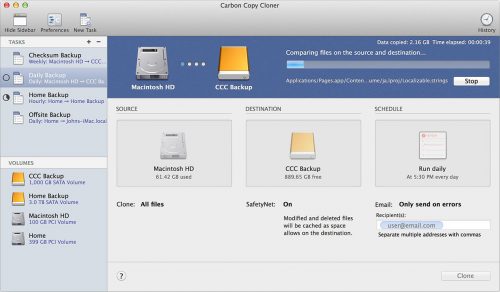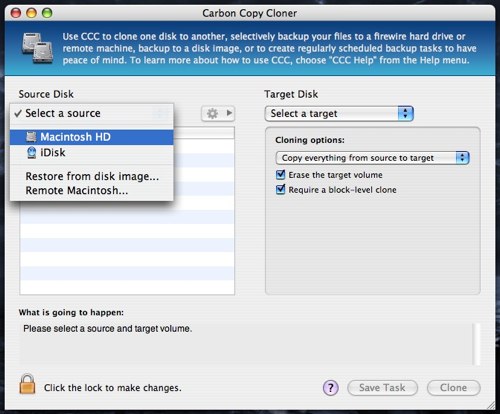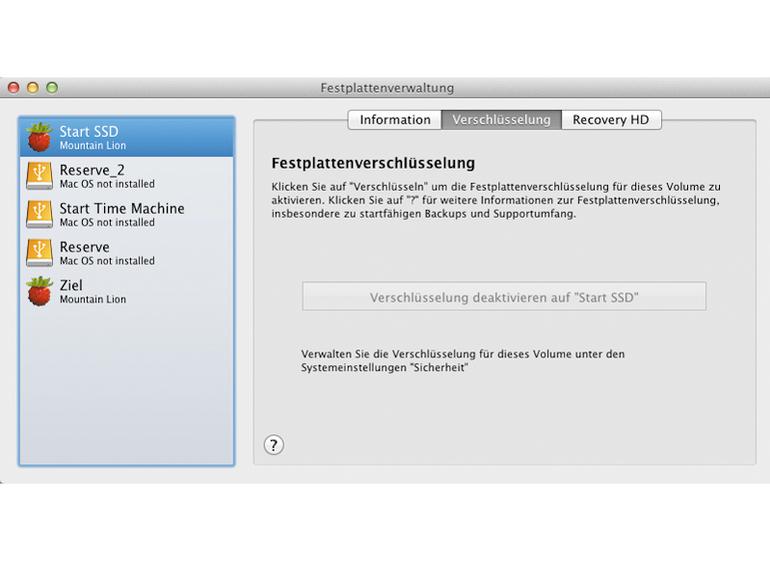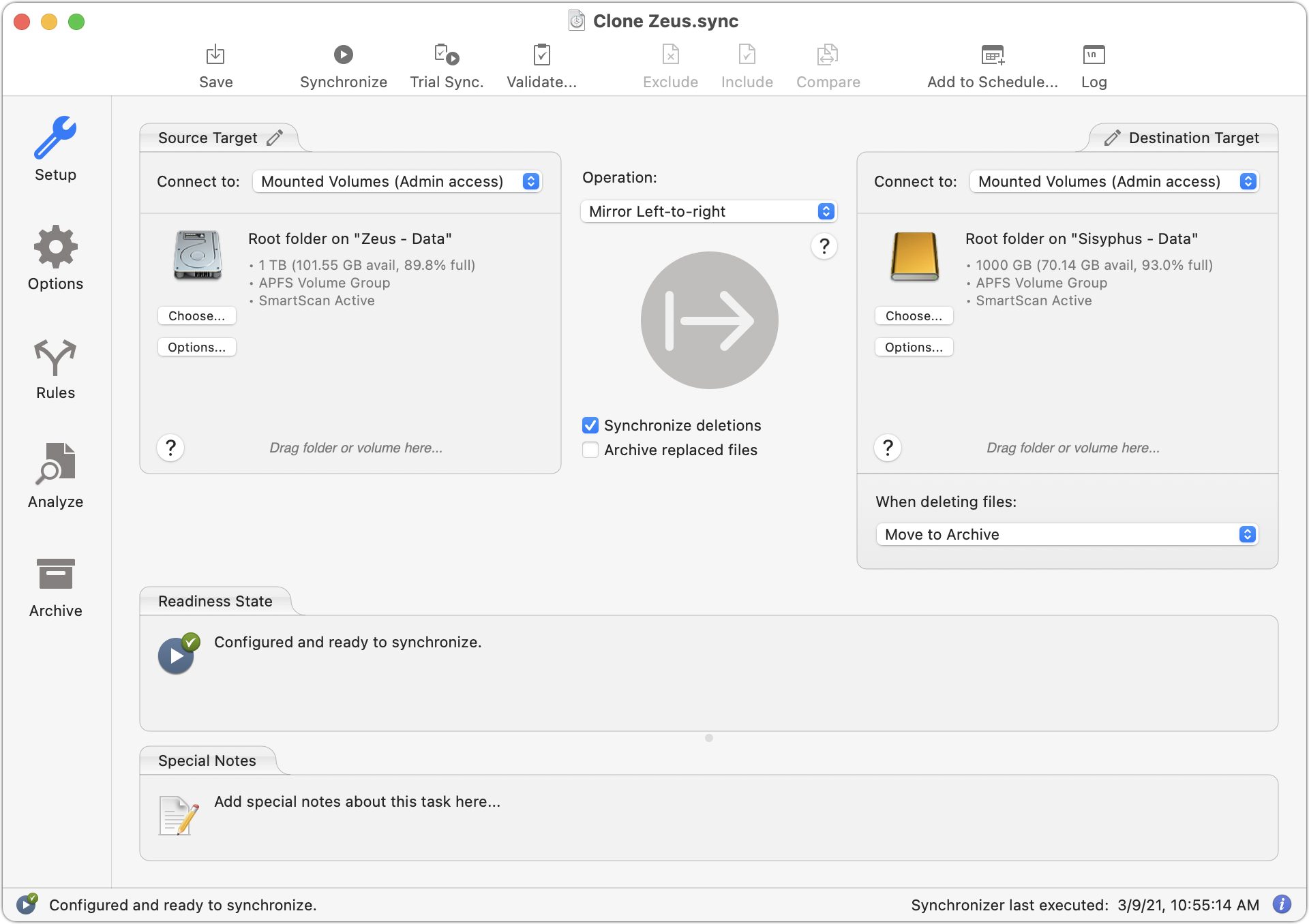

- #Chronosync vs carbon copy cloner license
- #Chronosync vs carbon copy cloner download
- #Chronosync vs carbon copy cloner mac
Five to ten years ago, it was common for my consulting clients to refuse to use Time Machine because they were tired of watching it slow down their machines. There are only a few issues I can think of with Time Machine: first, it can slow things down on older, less powerful Macs. If you do, everything is restored to the most recent backup. If your primary drive fails and you have it replaced, one of the first things that OS X will ask you for during setup of the new drive is whether or not you wish to restore from a Time Machine backup. Since all but the largest backup drives will eventually fill up with Time Machine backups, the app automatically deletes the oldest backups when the disk becomes full. Scroll backwards in time to the point where that file is available, click on it, and you can restore it easily. To restore a file, an email, or a photo that’s been inadvertently deleted, simply launch Time Machine and you’re treated to a 3D “timeline” view of your data. Your backup drive can be any one of several targets: a USB, FireWire, or Thunderbolt drive connected to your Mac, an external hard drive connected to the USB port of an AirPort Extreme 802.11ac, or an AirPort Time Capsule or OS X Server on your network. Once that is completed, Time Machine automatically keeps hourly backups for the past 24 hours, daily backups for the past month, and weekly backups for all previous months. When you first connect the external drive and give Time Machine the thumbs-up to back up your primary disk drive, it makes a complete backup - that can take several hours or days depending on the amount of data that has piled up on the drive. Time Machine is hands-down one of the easiest methods of backup available on any platform.
#Chronosync vs carbon copy cloner mac
This backup utility is actually baked into OS X, and if it’s enabled through System Preferences, a prompt will appear on your Mac screen when you connect an external storage device to your Mac asking if you wish to use it for Time Machine backups. If you own a Mac that’s running any version of OS X from Leopard (Mac OS X 10.5) to Yosemite (Mac OS X 10.10), you already have Time Machine. This week the focus is on three of the most popular applications for backing up your Mac - Time Machine, Carbon Copy Cloner, and SuperDuper! Time Machine running on OS X 10.10 Yosemite

This is usually only cosmetic, but it may prevent you from configuring a task to use Apple's replication utility to make a legacy bootable copy of the startup disk.This April, the Rocket Yard will provide you with tips and hints on backing up all of your data - not only the information that’s on your desktop or laptop machine, but your iPhone and iPad as well. In the first Backup Month post, readers were introduced to the helpful 3-2-1 Rule.

On Monterey and later OSes CCC v5 (using the old math) may over-assess the disk usage of an APFS source volume. Apple changed how APFS disk usage is calculated on macOS Monterey.Known Issues with CCC v5 and macOS Monterey (and later OSes) We will continue to offer technical support for CCC 5, but we are no longer actively developing it, nor testing it against newer OSes. However, CCC v5 development ceased when CCC v6 was released in May 2021.

#Chronosync vs carbon copy cloner license
Compatibility and support for CCC v5 on Monterey and newer OSesĬCC v5 license holders are welcome to continue using CCC v5 on OSes beyond macOS Big Sur there aren't any limitations placed upon CCC v5 that would prevent it from continuing to work as Apple issues new OS releases.
#Chronosync vs carbon copy cloner download
If you are having trouble downloading CCC v5 from the link above, try this alternate download location.


 0 kommentar(er)
0 kommentar(er)
